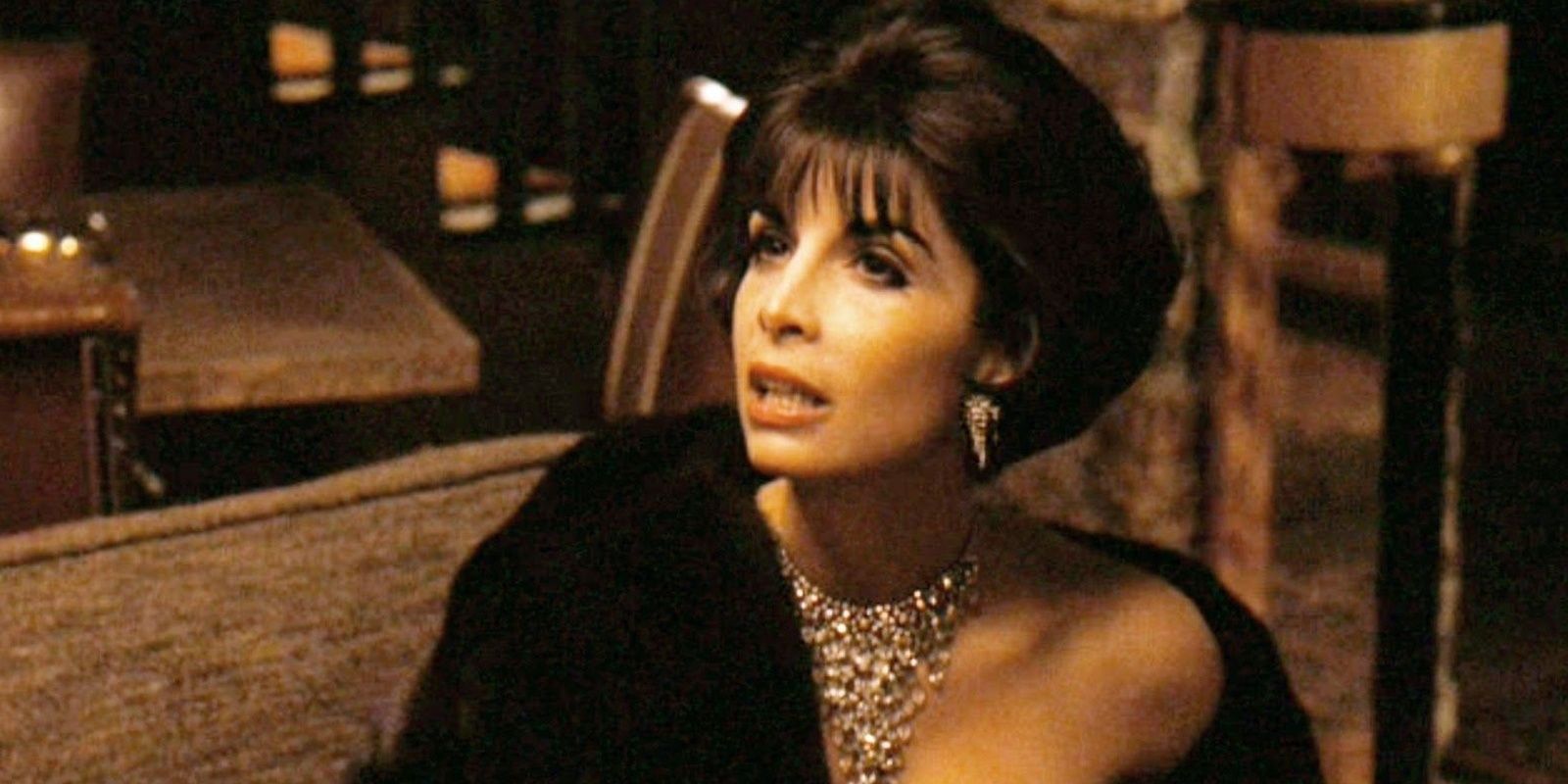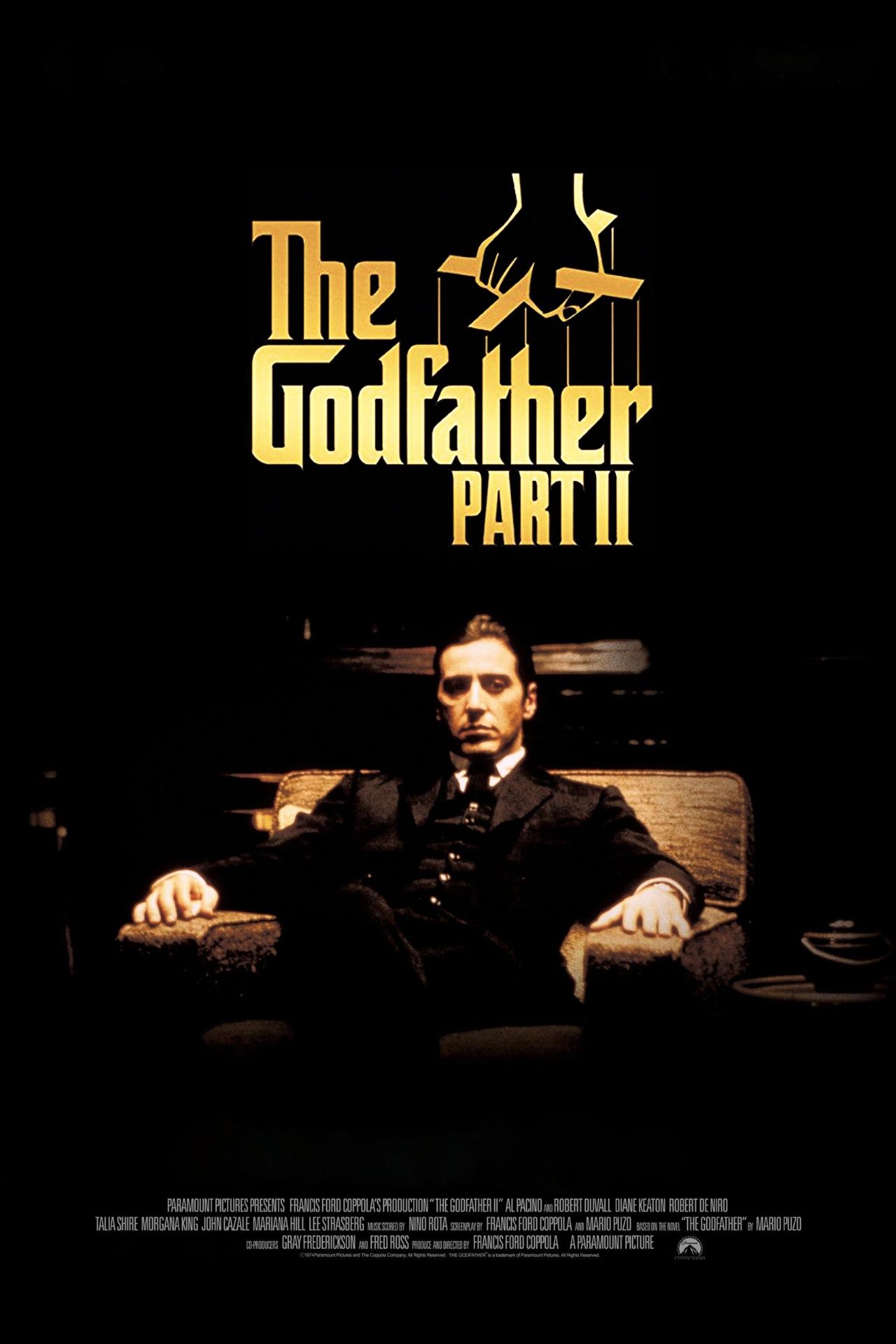Between the beginning of The Godfather and the end of its sequel, , we see Michael Corleone transform from college-educated war hero to mafia don along the lines of a Shakespearian tragedy. But one key moment in the second movie marks the point of no return for Michael, which pushes him beyond the prospect of redemption. It’s a dark and disturbing scene in which his wife, Kay Adams-Corleone, reveals that she aborted his baby rather than bring another one of his sons into the world.
Yet , written by Francis Ford Coppola and Mario Puzo. Instead, it was suggested by a key cast member of the Godfather trilogy to lend the break-up of Michael and Kay’s marriage more weight. In a panel discussion at the 2017 Tribeca Film Festival to celebrate the 45th anniversary of The Godfather’s initial theatrical release (via The Independent), writer-director Coppola explained that it was his sister who came up with the idea for Kay having an abortion.
According to Coppola’s account during the Tribeca panel discussion with The Godfather’s main cast, this “very important scene” was , whose performances as Connie Corleone make her one of the only actors in all three Godfather movies. For Shire, Kay aborting Michael’s prospective son would be her way of getting back at Michael for the misery he’d inflicted on their family.
Symbolically, the aborted son would also have been Michael and Kay’s third child, the equivalent of Michael himself in his own generation of Corleone siblings by his parents Vito and Carmela. In a sense, then, by aborting their third child.

Related
Talia Shire Interview: The Godfather
We interview The Godfather star Talia Shire about the film's incredible legacy as it celebrates its 50th anniversary, playing Connie, and much more.
The original version of the scene in which Kay reveals her abortion simply depicted her and Michael reflecting on their miscarriage as an ominous sign for the state of their marriage. However, for the movie, which would hurt and anger Michael on a deeper, more visceral level than Kay merely telling him she wanted their marriage to be over.
As Kay herself notes in the scene, Michael could “never forgive” her for aborting his son. The doctrine of the Catholic Church and the code of the Sicilian mafia by which he abides .
The moment that Kay tells Michael she’s aborted his son features some of the finest acting of Al Pacino’s career. The seething rage expressed in his intense stare and quivering lower lip demonstrates what . Michael is no longer a family man, as his father Vito was, even in the dysfunctional terms of the Sicilian mafia. He’s a monstrous tyrant capable of destroying his own family. The abortion of his son signifies this distinction, while proving just how important Kay Adams is as a character in the Godfather trilogy.
Michael lunging at Kay at the end of the scene, in pure, unadulterated anger, and hitting her across the face, not only marks the end of their marriage. It prefigures his greatest crime, committed at the end of The Godfather Part II. In ordering the murder of his brother, Fredo, and watching it take place from his compound on Lake Tahoe, Michael Corleone completes his transformation from free-thinking college boy, to crime family patriarch, to despotic tyrant. Yet the moment on which the final part of this tragic descent ultimately hangs is Kay’s revelation of her abortion.
Sources: Tribeca Film Festival; The Independent

Francis Ford Coppola's The Godfather II continues Michael Corleone's story as he expands the Corleones' presence as a crime syndicate. The film is also half devoted to the backstory of Vito Corleone, following his rise to power in 1920s New York City. While The Godfather is considered one of the greatest movies ever made, The Godfather Part II was able to live up to the original and secure six Oscars at the 1975 Academy Awards.












